|
Uzzle's talent and humanity shine through in film by Jethro Waters A great photograph invites contemplation. Photographer Burk Uzzle's work somehow goes a step further, ushering the viewer into a meditative state. The pulse quiets, the mind clears of distraction when looking at a Burk Uzzle picture. In his photos of mourners after the death of Martin Luther King Jr., for instance, one studies the faces -- of Coretta Scott King and the couple's young sons, but also of the nameless men and women absorbing his loss. That quality of both arresting time and the viewer's attention has remained consistent throughout Uzzle's career, which began more than 65 years ago. The full breadth of his contributions -- from the 1960s until today -- comes into frame in the new documentary F11 and Be There by filmmaker Jethro Waters. It just played at the Full Frame Documentary Film Festival in Durham, North Carolina, and screens this Saturday at the River Run International Film Festival in Winston-Salem, NC. "He was the youngest photographer hired by Life magazine when he was 23, in 1964 I think it was," Waters tells Nonfictionfim.com. "And he's been working since he was about 12, actually, as a professional photographer, taking pictures for the Raleigh News and Observer. He was delivering the paper while taking photographs for the paper on a little box camera when he was a kid." His work at Woodstock in 1969 helped immortalize that event, and he took powerful images as a war photographer in Vietnam and Cambodia, documenting the impact of the violence on soldiers and civilians. What is even more remarkable about Uzzle is that he has made extraordinary photographs in every area of the photographic medium. "When I met him I realized that he had mastered documentary photography, street photography, waiting for the 'perfect moment' to happen. And that comes as a result of him having a really innate skill for that, for knowing what to wait for, and also him being under Henri Cartier-Bresson and being directly colleagues with people like that," Waters explains. "There's this 'laying in wait' vérité style to him in documentary photography that he just nails." There are fascinating scenes in F11 and Be There as Uzzle closely examines masterworks by famed painters -- ostensibly a different medium than photography, and yet he detects ways in which the masters demonstrated a photographic eye. "There's this side of him that's this conceptual artist where he's studied fine art for a long time and then goes into the studio and it's all conceptual," Waters observes. "There is no 'waiting for something to happen,' until he gets his subject in there... He goes and spends days or a week or something with his subjects, hanging out with them and immersing himself as he learned to do in Life magazine with his subjects, before he brings them to his studio and takes a photograph." Uzzle is likewise celebrated for his landscape photography. "It's these really whimsical compositions and he has spent years, literally, on the road driving his van on small country roads, staying off of highways, just to find those landscapes, and those people that were in those landscapes," Waters comments. "It's intensely colorful and intensely whimsical." My conversation with director Jethro WatersRelated: |
AuthorMatthew Carey is a documentary filmmaker and journalist. His work has appeared on Deadline.com, CNN, CNN.com, TheWrap.com, NBCNews.com and in Documentary magazine. |
- Home
- News
- Videos
-
Galleries
- 2019 Tribeca Film Festival
- Full Frame Documentary Film Festival
- 2019 SXSW Film Festival
- SXSW 2018 Gallery
- 2019 Sundance Film Festival
- Outfest 2018 Photo Gallery
- Outfest 2017
- Sundance 2018 Photos
- 2017 LA Film Festival
- 2017 Cannes Film Festival
- Tribeca Film Festival 2017
- SXSW 2017 Gallery
- 2017 Berlin Film Festival
- Sundance 2017 Gallery
- 2016 Los Angeles Film Festival
- Cannes Film Festival 2016
- SXSW 2016 Gallery
- Berlinale 2016 Gallery
- Sundance 2016 Gallery
- Filmmaker Gallery
- About
- Contact
Proudly powered by Weebly
- Home
- News
- Videos
-
Galleries
- 2019 Tribeca Film Festival
- Full Frame Documentary Film Festival
- 2019 SXSW Film Festival
- SXSW 2018 Gallery
- 2019 Sundance Film Festival
- Outfest 2018 Photo Gallery
- Outfest 2017
- Sundance 2018 Photos
- 2017 LA Film Festival
- 2017 Cannes Film Festival
- Tribeca Film Festival 2017
- SXSW 2017 Gallery
- 2017 Berlin Film Festival
- Sundance 2017 Gallery
- 2016 Los Angeles Film Festival
- Cannes Film Festival 2016
- SXSW 2016 Gallery
- Berlinale 2016 Gallery
- Sundance 2016 Gallery
- Filmmaker Gallery
- About
- Contact


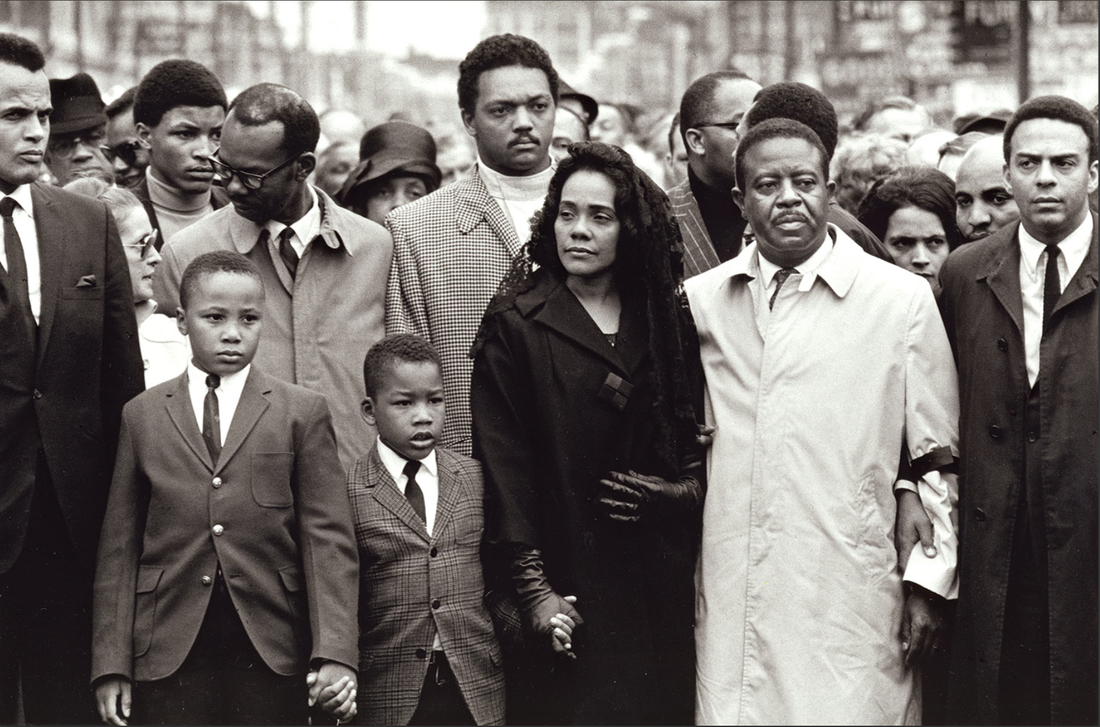
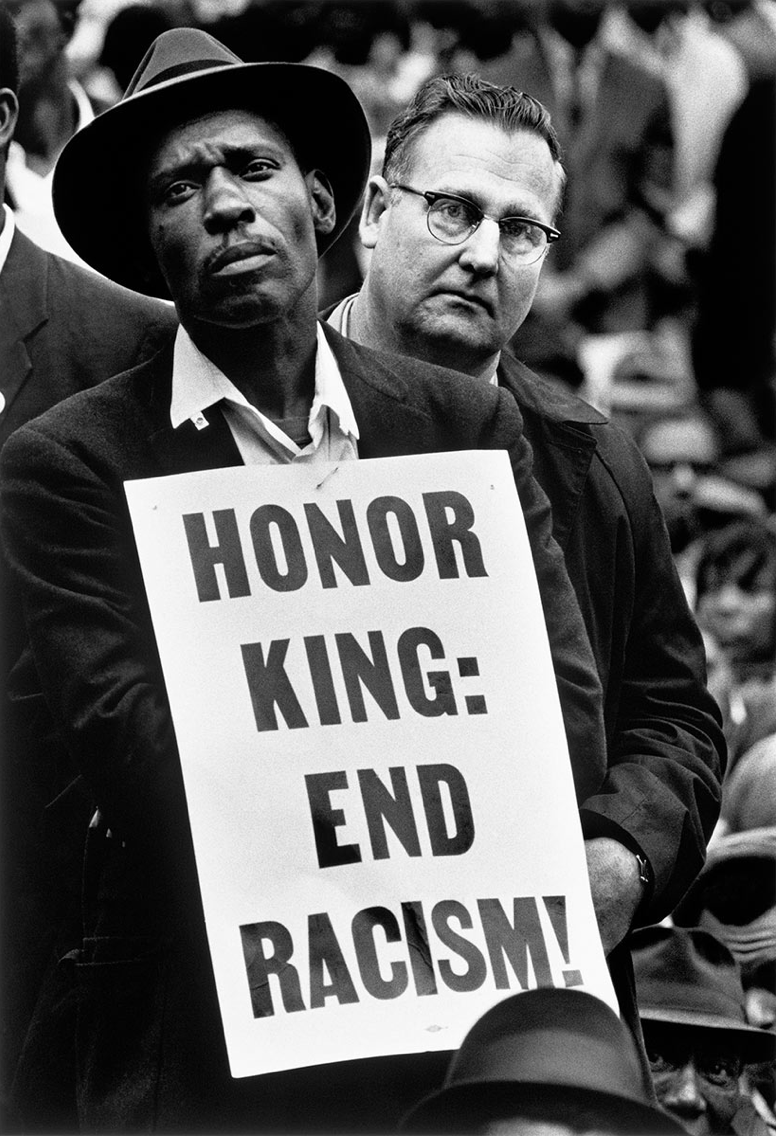
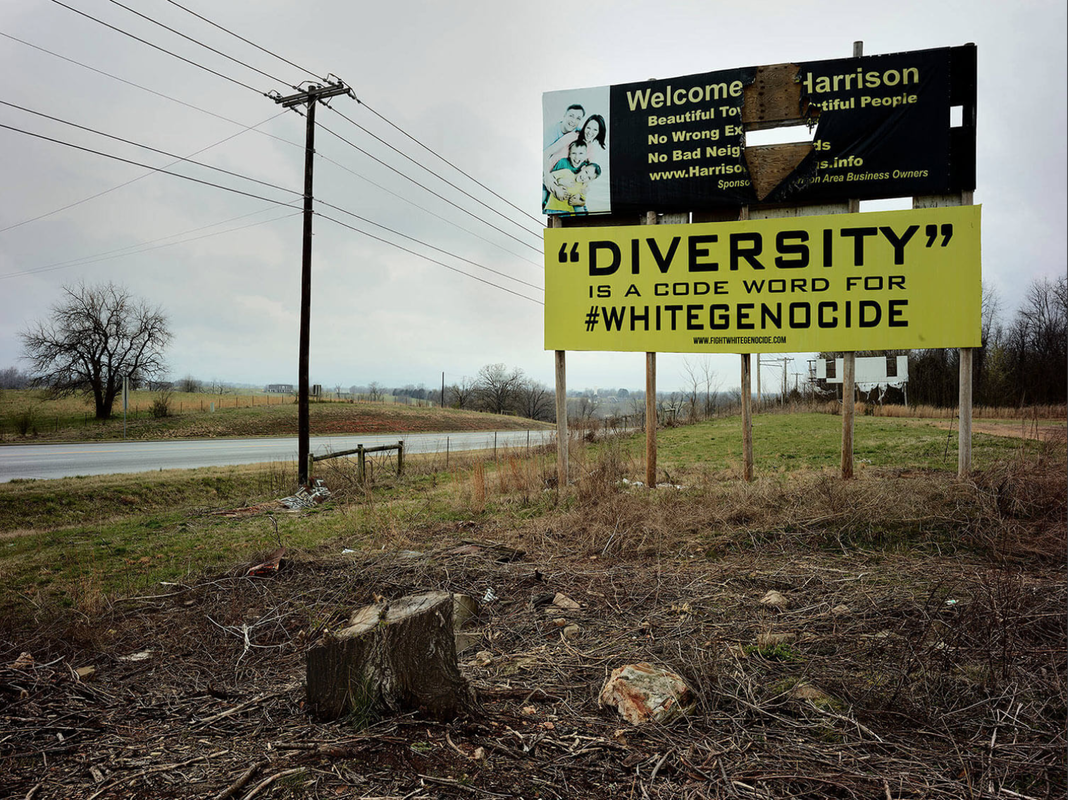
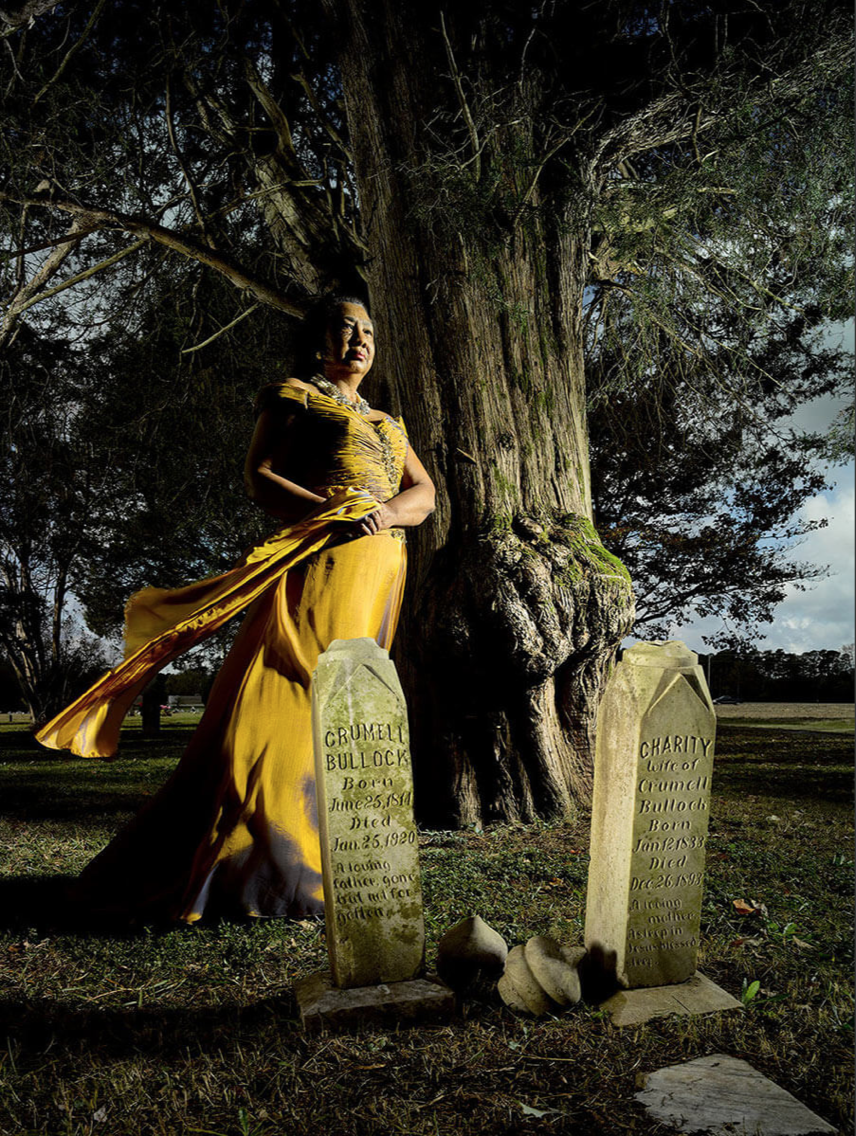
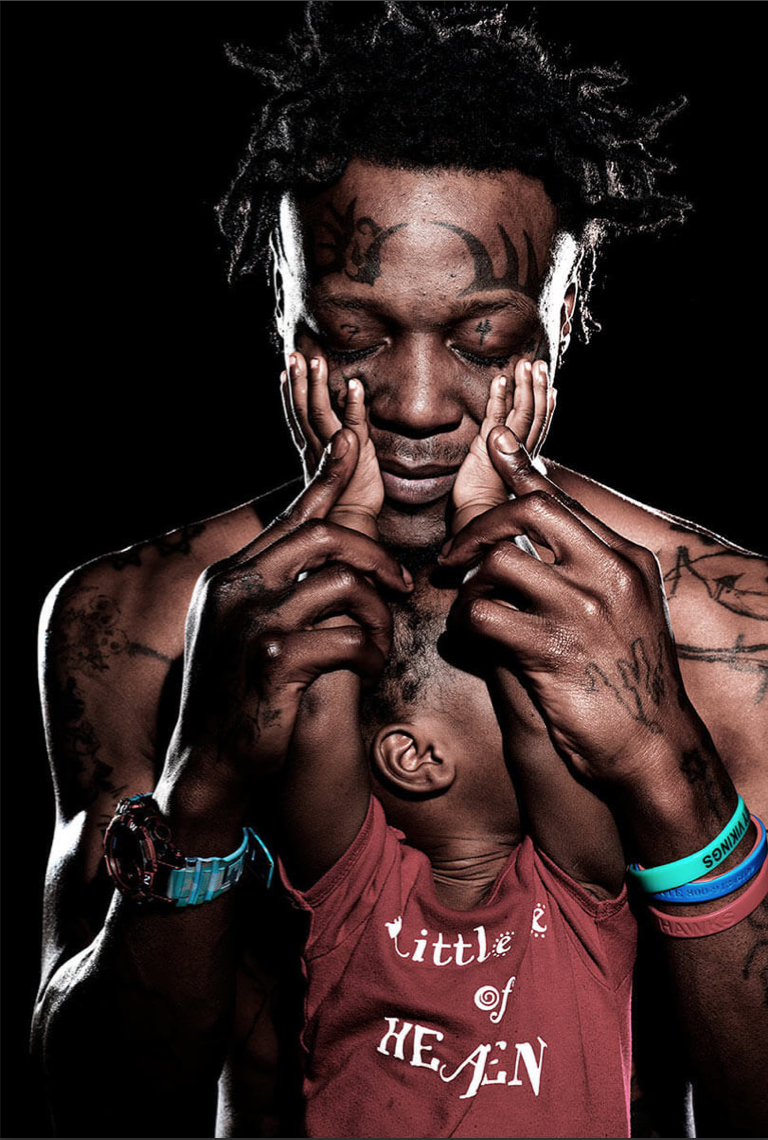
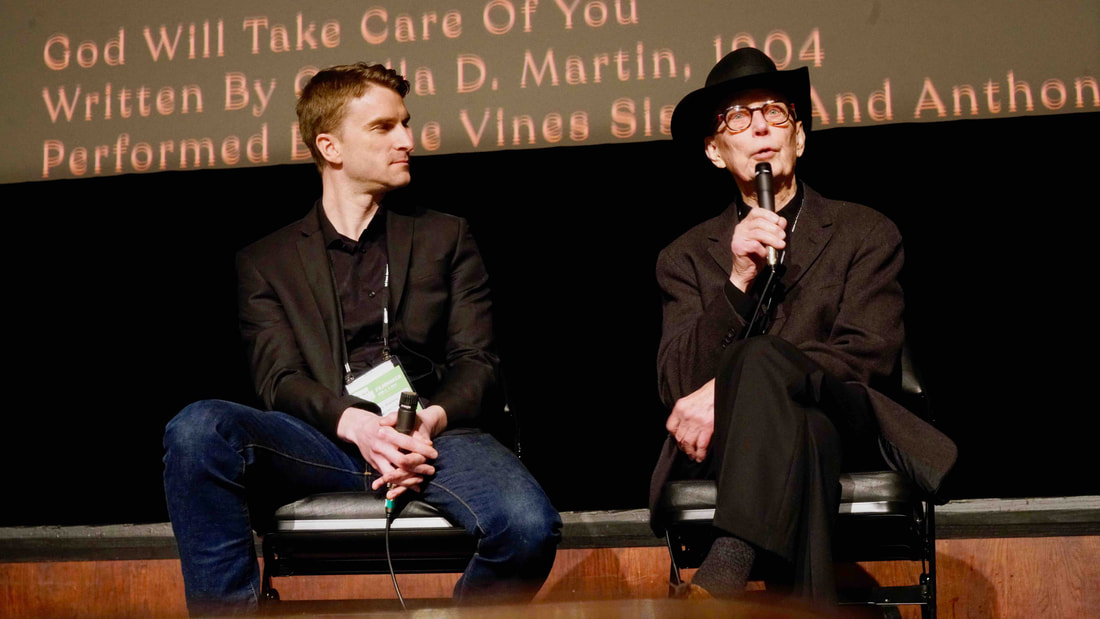
 RSS Feed
RSS Feed